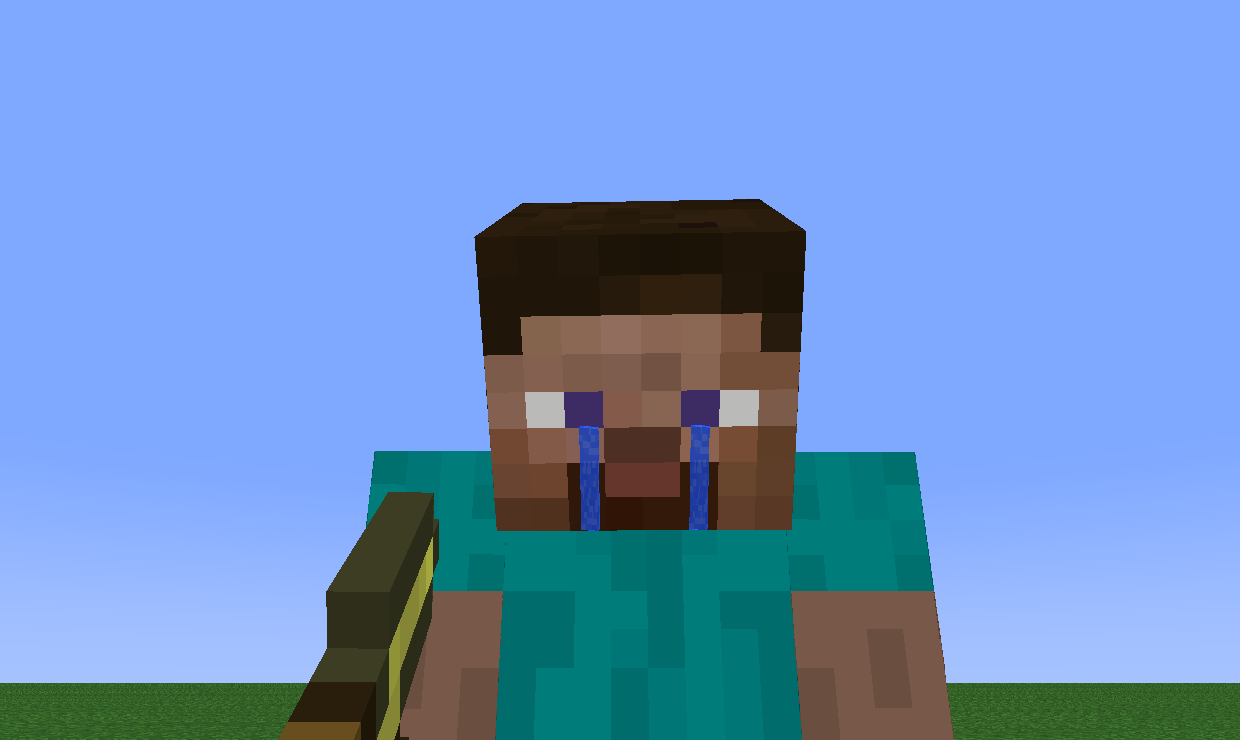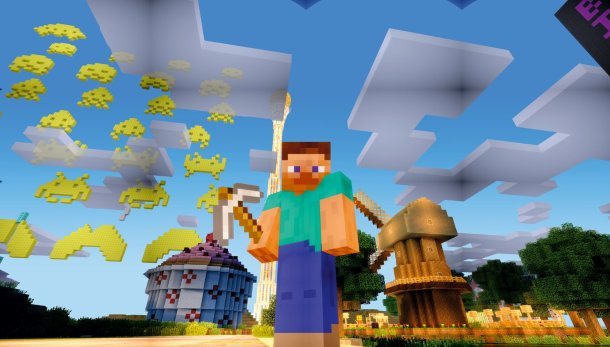Minecraft prices are going up in some regions
The increases bring international prices in line with the US.


Mojang warned today that “Minecraft might be changing price in your region,” which is a nice way of saying that if you don't live in the US, it's probably going up. Don't get out the torches and pitchforks just yet, though: The increase won't take effect for another week, and when it does, non-US buyers will still be getting a pretty fair shake.
The changes are being made “in the spirit of currency exchange,” as Mojang put it, so the $27 price in the US will hold steady, but Australians, for instance, will soon pay AU$35 instead of AU$25, while Canadians will climb from CDN$28 to CDN$35. Europe will jump from €20 to €24, Norway is going from kr149 to kr229, New Zealand is increasing from NZD$32 to NZD$40, and Russia will see the price climb from ₽1400 to ₽1900.
Price hikes suck, that's a fact, but this really does seem to be about bringing international prices in line with US costs. CDN$35 works out to roughly $27, for instance; Australia gets off a little bit cheaper, paying the equivalent of $25.50, while Russia ends up slightly over the baseline—₽1900 is a little over 29 Yankee greenbacks. It's close enough for horseshoes and hand grenades, in other words, and while the argument that economic disparity means games should cost less in some regions than others is valid, it's also beyond the scope of this post. This is videogame news, not International Economics 101.
Even though the changes are only meant to bring international pricing more or less into parity with the US, a few of the increases are quite substantial, so if you fall into that presumably-narrow demographic of people who are aware of, and concerned by, the increases, but who haven't yet purchased Minecraft, you may want to get on it before they take effect. The update also brings localized Brazilian, Japanese, and Korean pricing into the mix, and it impacts only the PC version of the game.
Keep up to date with the most important stories and the best deals, as picked by the PC Gamer team.

Andy has been gaming on PCs from the very beginning, starting as a youngster with text adventures and primitive action games on a cassette-based TRS80. From there he graduated to the glory days of Sierra Online adventures and Microprose sims, ran a local BBS, learned how to build PCs, and developed a longstanding love of RPGs, immersive sims, and shooters. He began writing videogame news in 2007 for The Escapist and somehow managed to avoid getting fired until 2014, when he joined the storied ranks of PC Gamer. He covers all aspects of the industry, from new game announcements and patch notes to legal disputes, Twitch beefs, esports, and Henry Cavill. Lots of Henry Cavill.

